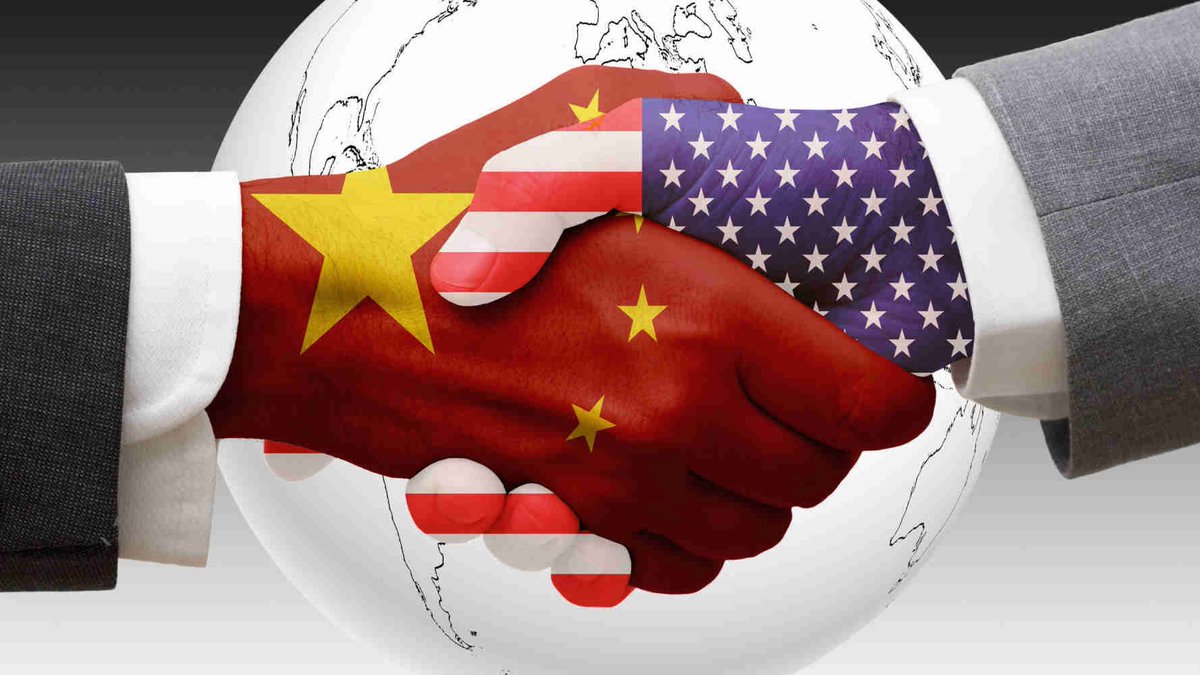
He Weiwen, Senior Fellow, Center for China and Globalization, CCG
Jul 27, 2017
The trade imbalance issue is not central to the mission of the CED. It should be left to the market, to the sector cooperation and to restructuring in the global supply chain.
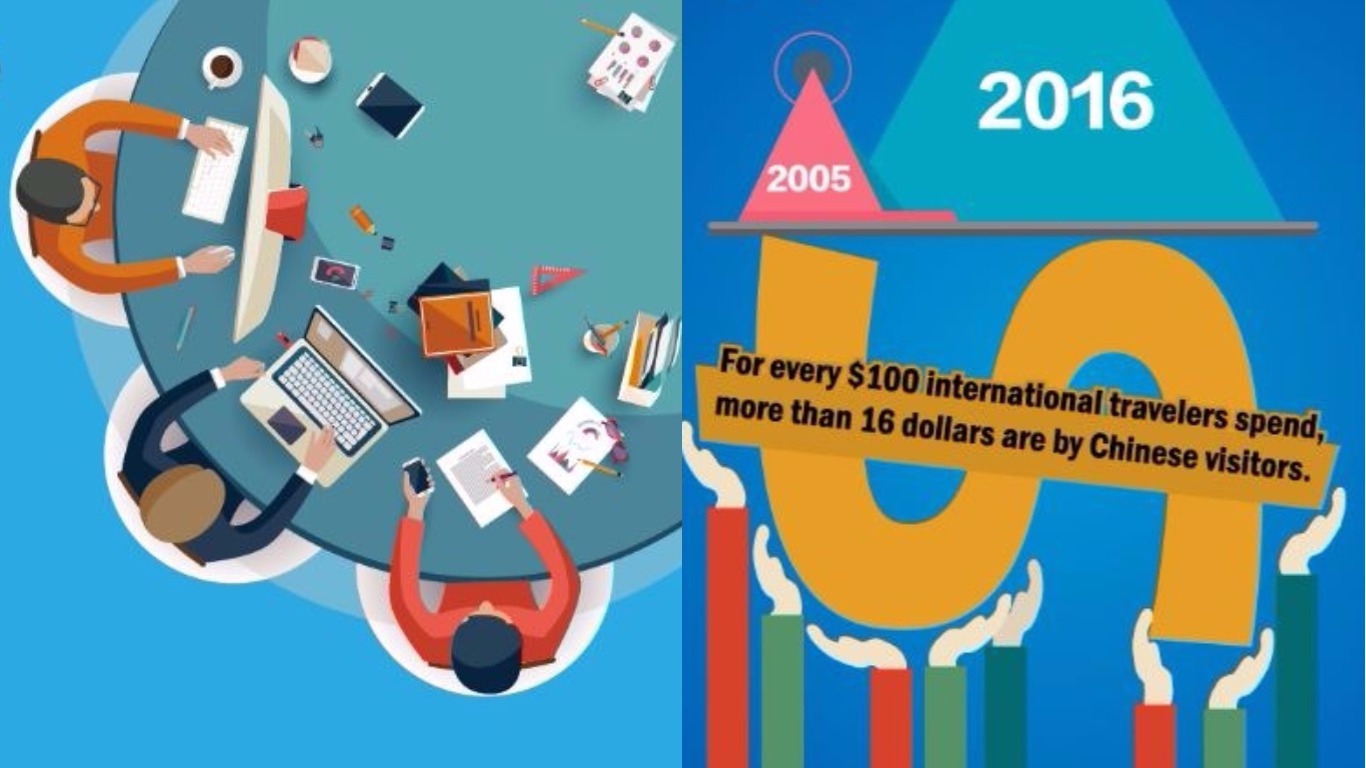
Jul 27, 2017
Trade ties between China and the United States have been under close scrutiny since President Trump took office. During the campaign, Trump frequently targeted
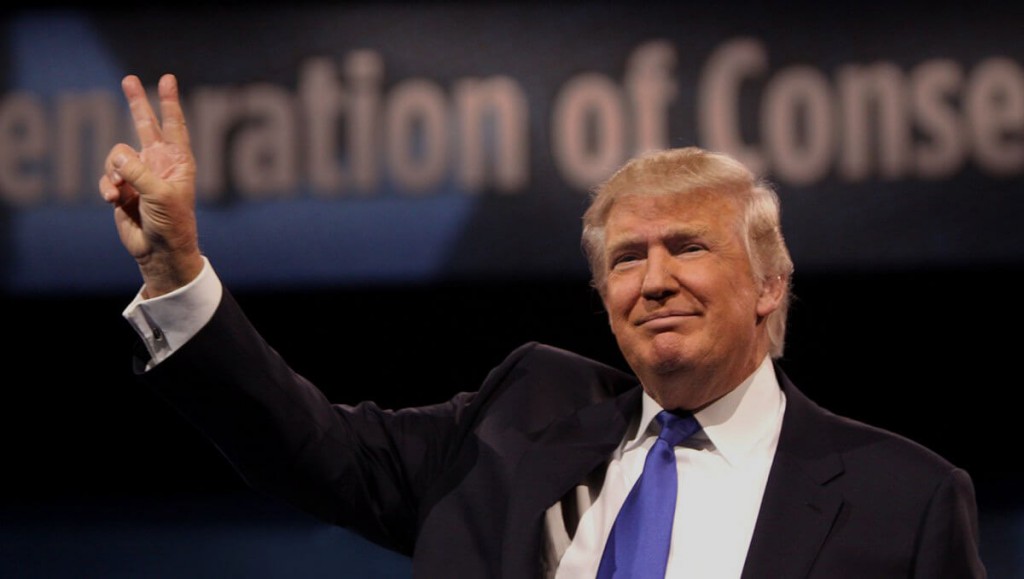
Dan Steinbock, Founder, Difference Group
Jul 25, 2017
After the U.S.-Sino Comprehensive Economic Dialogue, trade issues are alienating not only China and America’s NATO allies – but its NAFTA partners, Canada and Mexico.
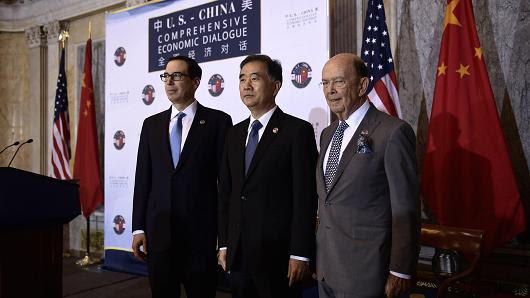
Lawrence Lau, Ralph and Claire Landau Professor of Economics, CUHK
Jul 25, 2017
The first China-U.S. Comprehensive Economic Dialogue yielded no tangible results. But the two powers have plenty of room for agreement – if they can put their sense of exceptionalism aside.
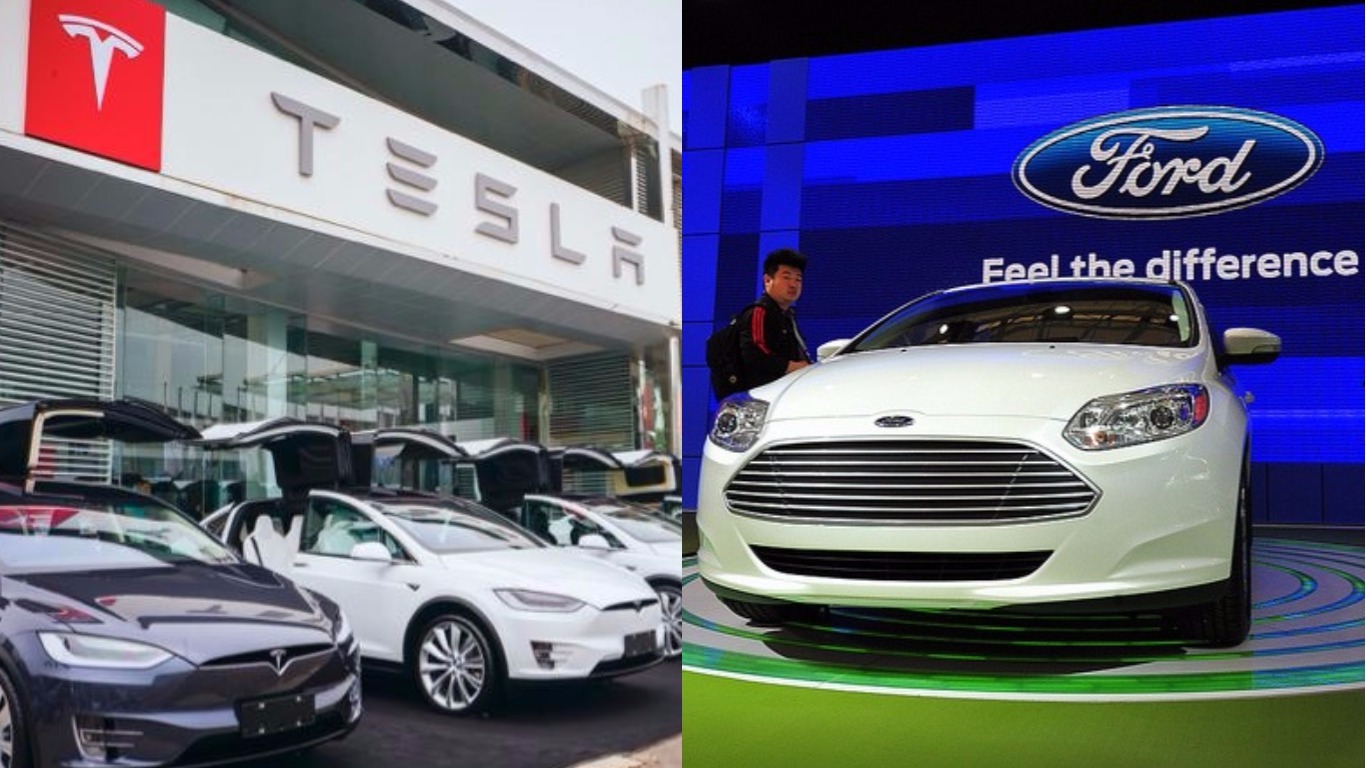
Eric Harwit, Professor, University of Hawaii Asian Studies Program
Jul 19, 2017
Two major American car manufacturers, Ford Motor Company and Tesla, are moving ahead with plans in China that seem a direct challenge to President Donald Trump’s crusade to keep American manufacturing jobs in the U.S. Surprisingly, the companies seem to have met little resistance from the administration thus far.
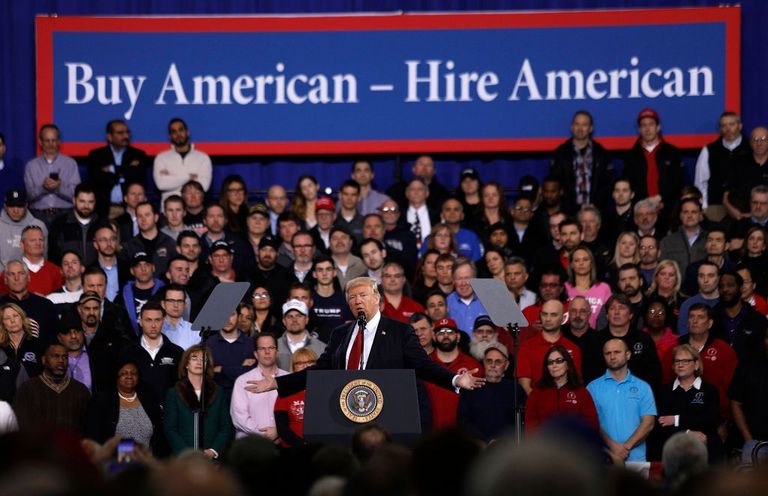
Wei Liang, Professor, Middlebury Institute of International Studies
Jul 04, 2017
As long as China continues to carry out its export-driven economic growth model through its strong state capitalism, then the U.S. business community will still have to face trade protectionism through non-tariff barriers, industrial policy, subsidies, and currency manipulation.

Christopher A. McNally, Professor of Political Economy, Chaminade University
Jun 09, 2017
Outcomes fromU.S.-China trade talks that were recently announced ignored the major structural issues facing U.S.-China economic relations. While a trade deal was produced, the major point of contention between the two countries, that they practice deeply divergent forms of capitalism, was ignored. In order to truly make progress on trade between the U.S. and China mutual understanding of the different dynamics driving the two forms of capitalism is needed.
Heraldo Muñoz, Minister of Foreign Affairs of the Republic of Chile
May 04, 2017
Integration, not isolation, is the key to sustainable development in a world bound ever closely together by information and transportation networks. While trade with the U.S. remains strong, a post-TPP world will require Chile to build bridges with TPP stakeholders and new partners, such as China.
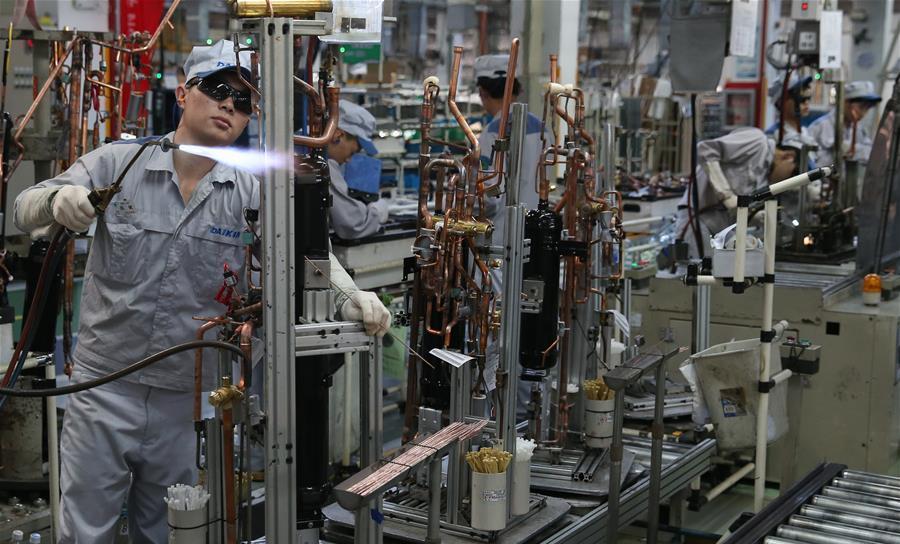
Richard Kozul-Wright, Director, the Division on Globalization and Development Strategies
Daniel Poon, Economic Affairs Officer, the United Nations Conference on Trade and Development
May 25, 2017
China’s experiments with industrial and financial policies may end up providing emerging economies with valuable insight into how to avoid the middle-income trap. But, for a US concerned with its eroding manufacturing base, the lesson is already apparent.
Eric Harwit, Professor, University of Hawaii Asian Studies Program
May 24, 2017
In March, two leading members of the Trump administration announced that China’s ZTE Corporation would pay the largest criminal fine in U.S. sanctions history. As long as North Korea’s military program tops the U.S. foreign policy agenda with China, economic sanctions aimed at punishing Chinese corporations may take a back seat to reaching a goal of increased Chinese pressure on the North Korean regime.
Back to Top

- China-US Focus builds trust and understanding between the U.S. and China through open dialogue among thought leaders.
- Our Offerings
- Topics
- Videos
- Podcasts
- Columnists
- Research Reports
- Focus Digest
- Stay Connected
-
Thanks for signing up!
- Get the latest stories from China-US Focus weekly.